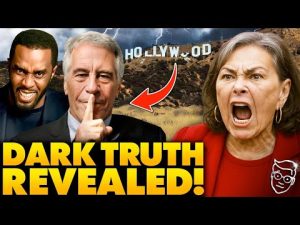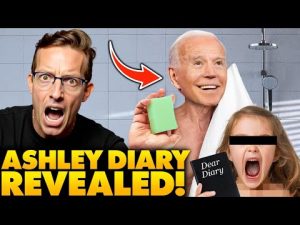In another episode of the diplomatic vaudeville featuring President Trump and Vladimir Putin, the two leaders met for what one might call a cordial, albeit inconclusive, summit. For three and a half hours, both sides exchanged niceties yet failed to reach the much-anticipated cease-fire agreement. Now, this development—or lack thereof—has sent the media into a frenzy trying to piece together what really transpired behind closed doors. There were smiles and handshakes, but notable was the absence of a clear, actionable outcome. Sounds like the political version of a cliffhanger, doesn’t it?
Trump, keeping up with his flair for dramatic declarations, hinted that without a cease-fire, a second meeting might be off the table. Yet, both leaders reportedly displayed a high degree of warmth and diplomatic rapport. Outside the meeting, President Trump’s demeanor was described as statesmanlike and robust. His performance seemed to reassure NATO allies, still shivering from perceived slights in past engagements. Indeed, if Putin thought he could drive a wedge between Trump and NATO, this summit was a calculated move to allay such fears.
Seemingly unruffled by Putin’s attempts, Trump stood his ground, ensuring no concessions were dolled out like candy to the Russian side. Putin, on his end, appeared deferential—an unusual sight, given his well-known penchant for bravado. Some say this is a testament to Trump’s leadership on the global stage. Whether that’s confidence-building or mere optics is up for debate, but certainly, the NATO allies left feeling a tad more assured of America’s commitment than before.
Now, while the public waits for clearer outlines of what transpired, one might wonder about the supposed secretive agreements the two leaders toasted over. Cryptic statements about not letting Europe or Ukraine disrupt whatever consensus was reached have stirred the pot among those looking for concrete results. Alas, the actual contents of said agreements remain as elusive as the Loch Ness monster.
Nevertheless, Trump made it clear that he’s no weak-kneed leader like some previous occupants of the Oval Office, as some pundits pointedly remind us. His brand of diplomacy leans heavily on strength and unpredictability, a combination he believes can teach Russia a lesson or two about the consequences of aggression, as evidenced by his firm stance on sanctions. So, while Putin may stall for a congratulatory timeline, Trump’s readiness to react swiftly is now a known factor. In the modern playbook of international diplomacy, perhaps ambiguity is the trump card—pun definitely intended.







